Exclusive interview
Building your social media video presence part 2: Impacting marketing strategies
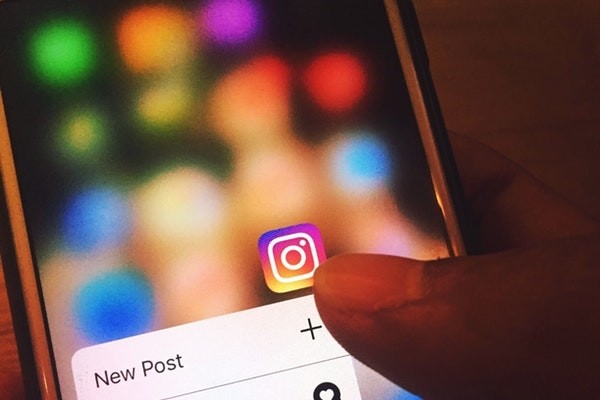
Social video trends
Sharing her views on the driving forces behind incorporating social video into marketing strategies for APAC brands, Alexandra English, Director of Marketing at Pixability, explained how celebrities such as K-pop stars; online personalities like Pony Makeup and Risabae; diverse content types including tutorials, recipes and product demos; paid media, and frequent publishing, are behind its rise.
Regionally, English points out that for each market, video approaches should vary to cater to different audience groups and should be tied to a brand’s marketing strategy. Factors, for instance, like what people in that market are more inclined to watch, engage with, and ultimately purchase, need to be analysed.
“We see an increased focus on diversity in terms of race, gender, ages in non-APAC videos, from themes of inclusion to talent and influencers featured,” Alexandra English, Director of Marketing at Pixability, noted.
Unique video platform offerings
Increasingly, brands are now starting to appreciate the unique offerings and values of each video platform.
“Historically, beauty brands invested primarily in YouTube and Facebook, but now more brands are following influencers’ leads and building cross-platform strategies to reach different audience groups at different times to achieve different objectives,” English highlighted.
Of the 314 beauty brands analysed in Pixability’s recent study, all have a YouTube presence, 98% have a Facebook page, 96% have an Instagram profile, and 96% have a Twitter account.
Celebrity endorsement
“Influencer marketing continues to have a significant and long-term impact on social video strategies,” English added.
These influencers — including YouTube personalities, Instagram influencers, micro influencers, and beauty bloggers — help brands “foster authenticity with consumers, which many brands across industries have struggled with for a long time”.
Overall, English emphasised that the industry is “seeing more beauty brands move away from one-off deals toward long-term relationships with influencers”.
While Pixability believes this approach will drive more engagement, and ideally help drive purchase of the products an influencer partner recommend, English also stated that “brands do have to be willing to give up some control to the influencer, in order to allow them to speak and behave in their own authentic style”.
Unknown versus established
The top beauty companies in APAC include Shiseido, Amorepacific, LG Household & Health Care, and DHC, among other multinational brands such as Lancôme, Chanel, and Clinique.
When compared with the US market, APAC consumers particularly search for natural/organic cosmetics, multifunctional items, as well as those that seek to achieve anti-ageing, whitening and even skin-tone.
English went on to encourage social video as a marketing activity for both large and smaller brands: “Indie brands often find it very difficult to grow and compete with large corporations, but social video is a great way to lower the barriers to entry, even the playing field, and create meaningful relationships with consumers through frequent publishing, content catered to APAC markets, partnership with up-and-coming influencers, and paid amplification of their video content.”
Korean case studies
Korean corporate brand Innisfree, parented by Amorepacific, has, for example, generated 79mn views on YouTube and 758,000 page likes on Facebook. These have been made popular through successful partnerships with celebrities/K-pop stars, and content related to key trends like masks, natural make up and skin care.
English also focused on the success of Korean Indie brand, Tony Moly, which has generated an impressive 11 mn views on YouTube and has 14,000 page likes on Facebook.
Once again, English puts this success down to successful partnerships with celebrities and K-pop stars. A varied production strategy with videos of different lengths, like teasers and campaign films has also helped to engage audiences along their customer journey, via an online path, which ultimately, leads to purchase.
The third and final instalment in our series of articles looking at the potential and utilisation of social video in the beauty and personal sphere will be published on Tuesday 17th October 2017.
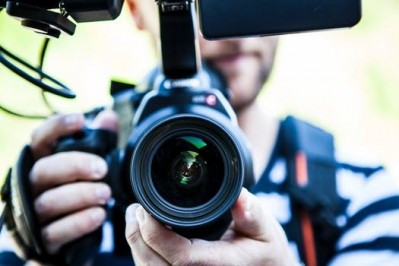
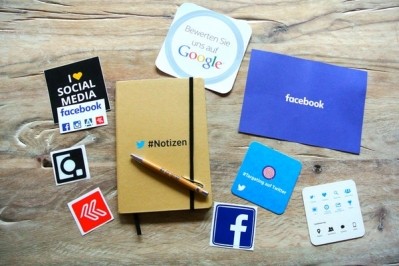
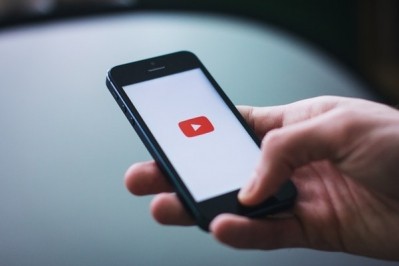


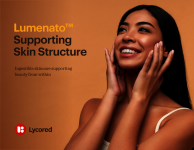
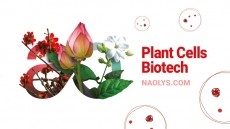

![YSL's LoveShine launch has sparked a demand surge in Japan. [YSL]](/var/wrbm_gb_food_pharma/storage/images/_aliases/wrbm_tiny/publications/cosmetics/cosmeticsdesign-asia.com/headlines/brand-innovation/ysl-loveshine-launch-propels-lip-gloss-sales-to-record-highs-in-japan-since-2020/17372064-1-eng-GB/YSL-LoveShine-launch-propels-lip-gloss-sales-to-record-highs-in-Japan-since-2020.jpg)
![There is significant scope for innovation and new launches in the hair repair sector, especially in soaring markets such as China. [Getty Images]](/var/wrbm_gb_food_pharma/storage/images/_aliases/wrbm_tiny/publications/cosmetics/cosmeticsdesign-asia.com/article/2024/04/24/croda-zeroes-in-on-hair-repair-solutions-as-damage-hair-concerns-surge-in-markets-like-china/17362731-1-eng-GB/Croda-zeroes-in-on-hair-repair-solutions-as-damage-hair-concerns-surge-in-markets-like-China.jpg)



![Lubrizol has extended its partnership with C-beauty major PROYA. [PROYA]](/var/wrbm_gb_food_pharma/storage/images/_aliases/wrbm_tiny/publications/cosmetics/cosmeticsdesign-asia.com/headlines/brand-innovation/lubrizol-bullish-on-potential-of-c-beauty-growth-potential/17362515-1-eng-GB/Lubrizol-bullish-on-potential-of-C-beauty-growth-potential.jpg)

![Amika is targeting localised innovation to drive success in SEA. [Amika]](/var/wrbm_gb_food_pharma/storage/images/_aliases/wrbm_tiny/publications/cosmetics/cosmeticsdesign-asia.com/headlines/brand-innovation/amika-on-quest-to-address-diverse-hair-needs-in-sea-with-sea-buckthorn-range/17339003-1-eng-GB/Amika-on-quest-to-address-diverse-hair-needs-in-SEA-with-sea-buckthorn-range.jpg)


